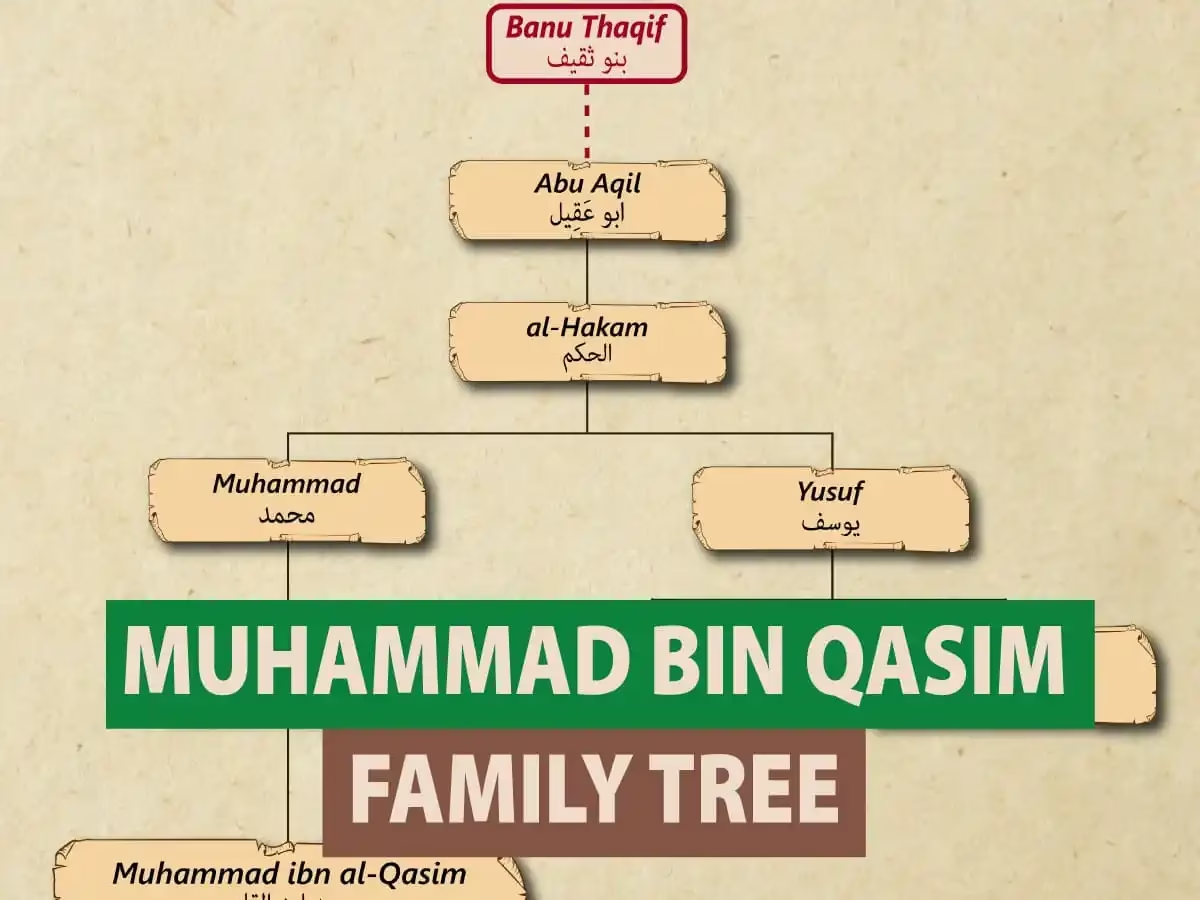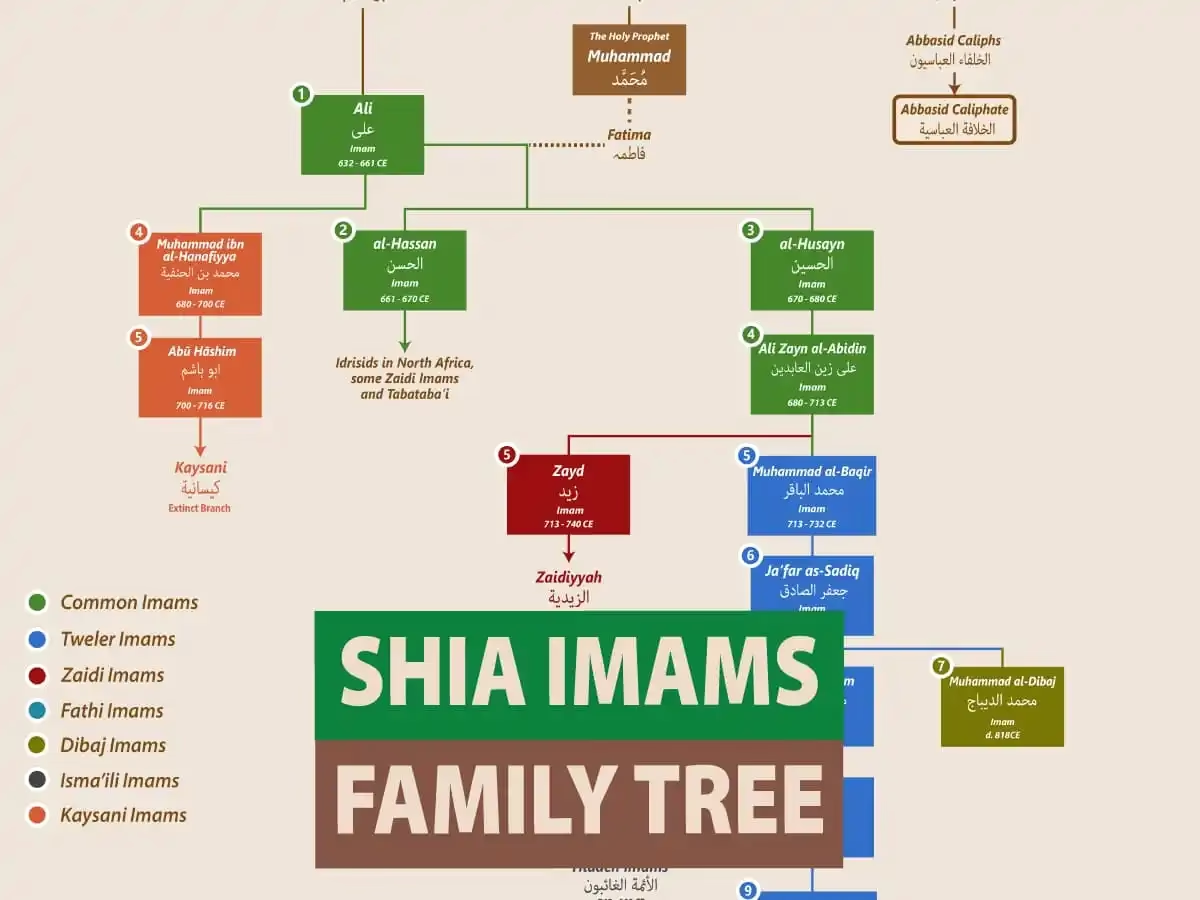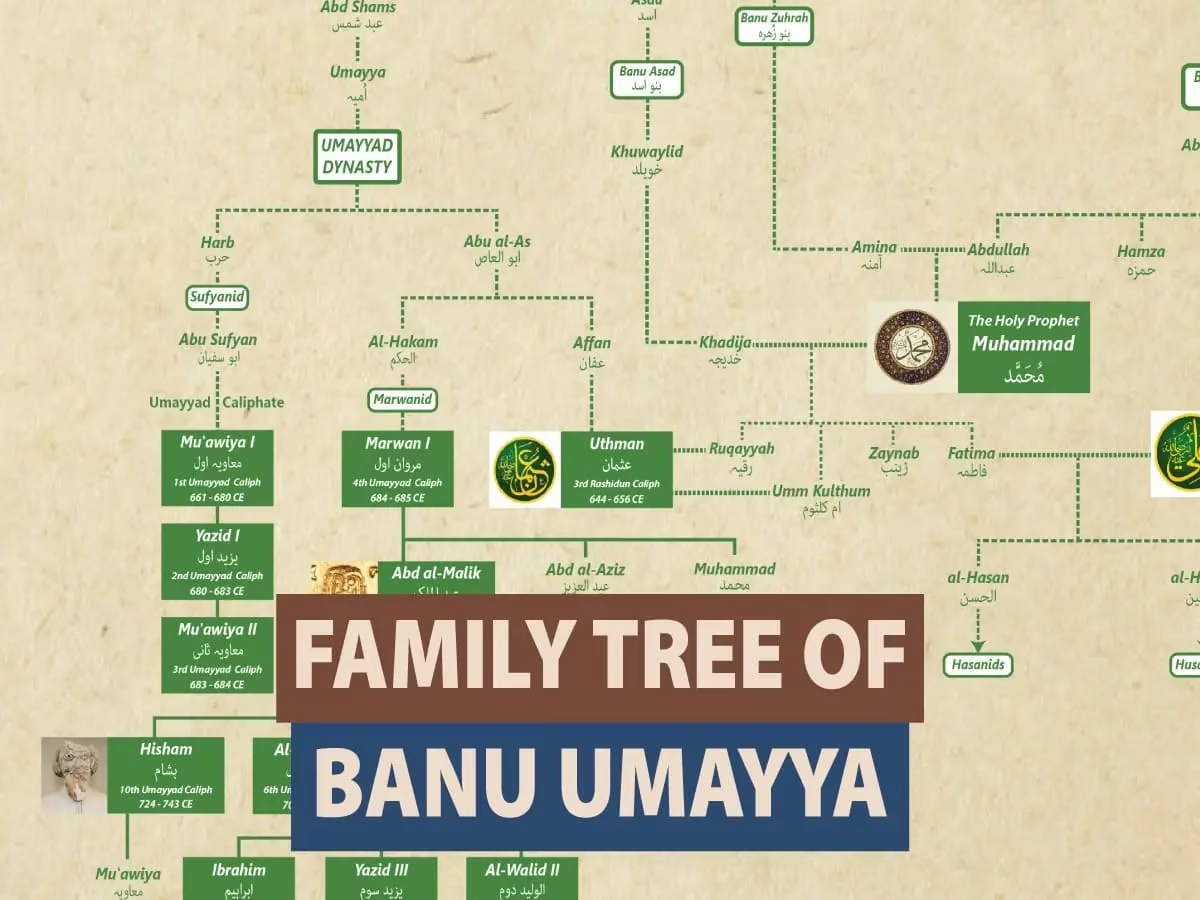The Hotak Dynasty was one of the most significant early Afghan empires, founded in the early 18th century by Mirwais Hotak, a leader from the Ghilzai Pashtun tribe. Emerging from Kandahar, the Hotaks rose in rebellion against the Persian Safavid Empire and briefly established one of the most powerful Afghan states in history — stretching from Kandahar to Isfahan.

Founding of the Dynasty – Mirwais “the Father” (1709–1715)
At the top of the family tree stands Mirwais Khan Hotak, known as “the father” of Afghan independence. Around 1709, he led a successful uprising against the Safavid governor of Kandahar, Gurgin Khan, liberating the region from Persian control. His leadership established the foundation of Afghan sovereignty and inspired generations of rulers after him.
Mirwais governed as an independent ruler until his death in 1715, earning immense respect as both a statesman and a unifier.
The Succession Crisis and Abdul Aziz (1715–1717)
After Mirwais’s death, his brother Abdul Aziz Hotak briefly ascended the throne. However, his pro-Persian stance and attempts to reconcile with the Safavids led to his downfall. His rule lasted only two years (1715–1717) before he was overthrown and killed by Mirwais’s son, Mahmud Hotak, who saw his uncle’s policies as a betrayal of Afghan independence.
Mahmud Hotak and the Persian Conquest (1717–1725)
Sultan Mahmud Hotak, the eldest son of Mirwais, expanded the Hotak Empire beyond Afghanistan. In 1722, he led a dramatic invasion into Persia, defeating the Safavid army and capturing Isfahan, the Persian capital. This victory marked the peak of Hotak power, with Mahmud briefly ruling both Afghanistan and Persia.
However, internal strife, famine, and resistance from the Persian populace weakened his rule. By 1725, Mahmud’s mental health deteriorated, leading to instability within the empire.
Ashraf Hotak (1725–1730)
After Mahmud’s decline, Ashraf Hotak, a cousin of Mahmud and son of Abdul Aziz, took the throne. Ashraf attempted to stabilize the empire and defend it against Persian and Ottoman threats. Despite his initial success in diplomacy, the rise of Nader Shah Afshar in Persia ultimately doomed the Hotak regime.
In 1730, Ashraf was defeated by Nader Shah’s forces, marking the collapse of Hotak power in Persia.
Hussain Hotak (1730–1738)
The last ruler of the dynasty, Hussain Hotak, ruled from Kandahar between 1730 and 1738. During his reign, the Hotak Empire shrank dramatically, losing Persian territories and facing internal rebellion. The dynasty met its final end when Nader Shah Afshar invaded Kandahar in 1738, overthrowing Hussain and bringing the region under Afsharid Persia.
Legacy
The Hotak Dynasty (1709–1738), though short-lived, played a crucial role in Afghan and Persian history. It was the first Afghan empire to successfully challenge and conquer Persia, paving the way for later Afghan rulers like Ahmad Shah Durrani, who would establish the modern Afghan state.
From Mirwais “the Father” to Hussain Hotak, the family’s struggle symbolizes Afghanistan’s enduring fight for sovereignty and regional influence.



